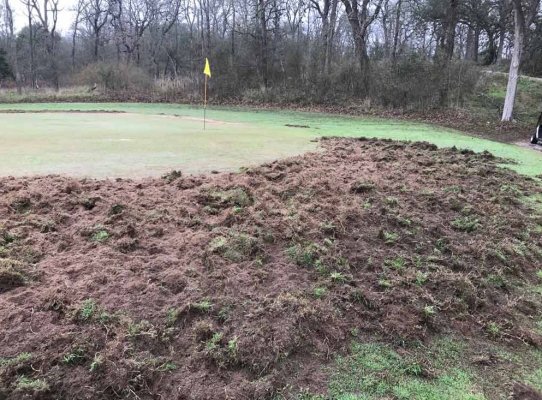LOL!
Give me a museum and I'll fill it. (Picasso) Give me a forum ...
- Joined
- Jun 25, 2005
- Messages
- 10,252
Our St Augustine grass practically takes care of itself. We have automated in-ground sprinklers that need maintenance since my wife cannot seem to drive only on the driveway. My kids mow the lawn. Fertilizer is trivial: When the dog pee spots are greener than the rest of the lawn, then it is time to fertilize. The property does not have grass everywhere. It is probably half lawn and half "beds"' of trees and native plants.
Total cost per year is less than $100 including the gas for the mower and the plastic line for the string trimmer.
Total cost per year is less than $100 including the gas for the mower and the plastic line for the string trimmer.

